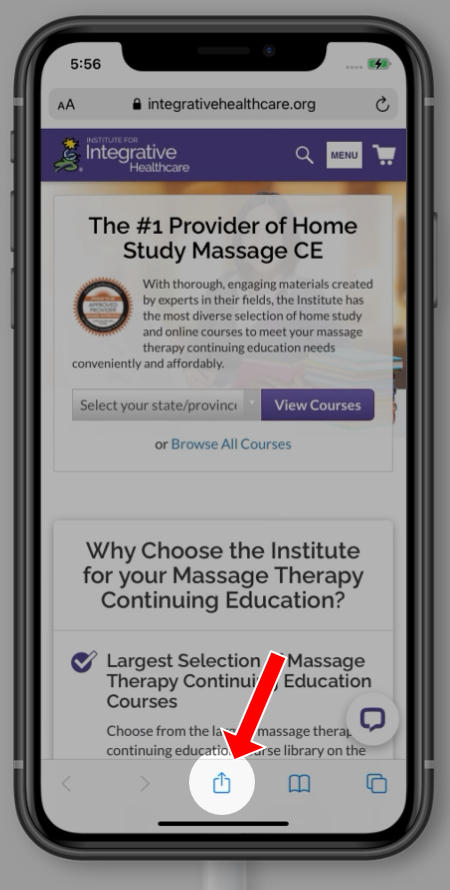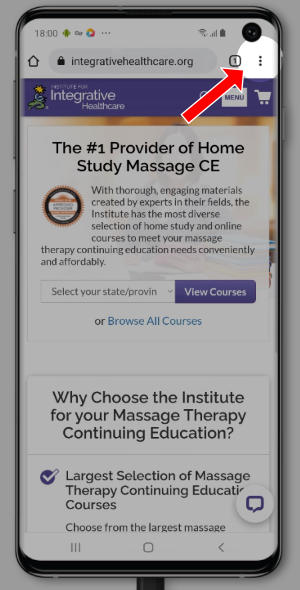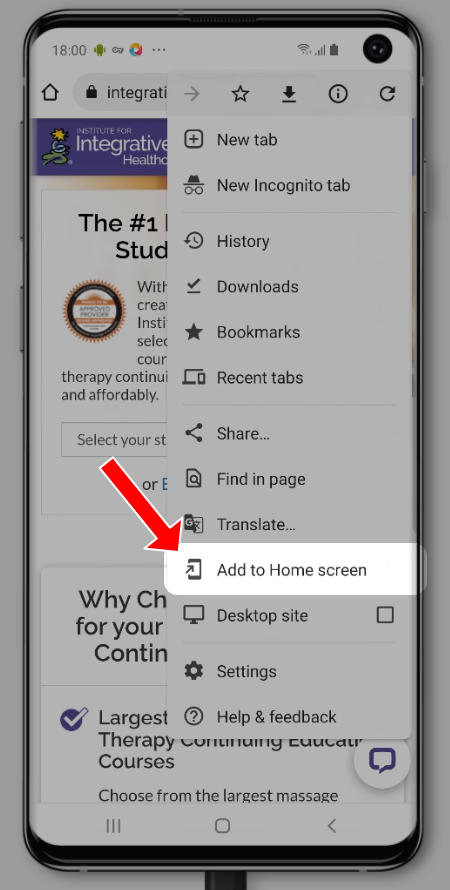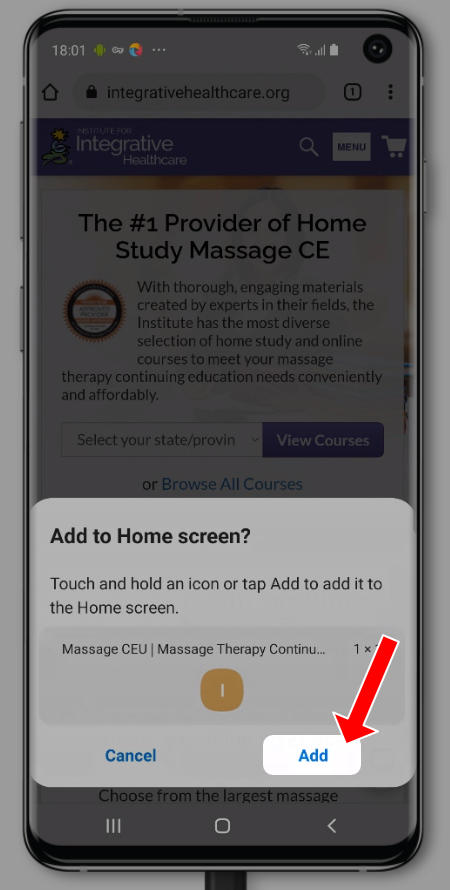

 Want to earn continuing education credit for this article? Learn more.
Want to earn continuing education credit for this article? Learn more.
Fibromyalgia is a syndrome with widespread chronic pain as its hallmark, along with fatigue. While it can affect people of any age, females and people older than 40 are more likely to be diagnosed with fibromyalgia. This is an enigmatic ailment with no known cause, no simple diagnostic test, and no cure.
While not a “cure”, massage therapy is an effective means of helping people manage their fibromyalgia. Most clients with fibromyalgia syndrome (FMS) say that they ache all over. They describe their pain in various ways, such as burning, stabbing, gnawing, aching, stiffness, or soreness. The American College of Rheumatology (ACR) estimates 2-4% of people in the U.S., usually women, have fibromyalgia syndrome.
While the cause of FMS remains elusive, many believe certain events may trigger this syndrome’s onset. Some trigger suspects include viral or bacterial infections, automobile accidents, rheumatoid arthritis and tragic events (physical and psychological). Many experts believe that an abnormally functioning central nervous system is at the root of FMS. Hormone and neurochemical imbalances are common findings during the medical evaluation of someone with fibromyalgia. The complexity of FMS may call for an entire medical team in the person’s care, including a rheumatologist, an endocrinologist, and a neurologist.
Physicians often have difficulty diagnosing FMS because its symptoms have a high degree of variability and overlap with many other conditions. In 1990, the ACR listed two primary criteria for the classification of fibromyalgia. The first is a history of widespread pain involving all four quadrants of the body (right side, left side, above the waist, below waist) for a minimum of 3 months. The second criterion which points to FMS is the presence of pain in at least 11 of 18 tender points when touched or pressed.
In 2010 the diagnostic criteria for fibromyalgia changed due to limitations in tender point examinations. Instead, the patient is asked to provide information about their pain and using a point system called a Widespread Pain Index based on 19 different locations on the body combined with a Symptom Severity Scale score based on the sum of the severity of different symptoms, a specific score is calculated. Depending on this score along with the duration of the pain (at least 3 months in duration), and whether the patient demonstrates any other disorder that would explain the pain, a diagnosis is determined.
It is suggested that a massage therapist confirm that their client received a diagnosis of fibromyalgia from a physician to insure that something else isn’t the cause of the client’s maladies.
Clients with FMS report pain associated with specific “tender points”. This pain can fluctuate and is further aggravated by various physical, environmental, and emotional factors. Fatigue, stiffness, poor sleep, and other related symptoms often send fibromyalgia sufferers to seek relief from this disabling pain from a massage therapist.
One report in Pain, the journal of the International Association for the Study of Pain indicated that 50.2 million adults in the United States reported having chronic pain. The most commonly reported pain management strategies were physical therapy and massage. 75% of people with fibromyalgia seek massage therapy.
Massage is an excellent way to decrease pain, relax muscles, improve circulation, passively stretch muscles, and create an overall feeling of well-being. In 1994, research at the Touch Research Institute, Miami School of Medicine demonstrated that fibromyalgia responds well to massage. Rheumatologists evaluating the participants in this study found that only those receiving massage reported decreased pain, fatigue, stiffness, and improvements in their quality of sleep.
In a study conducted in 2020, researchers discovered that applying moderate pressure through manual therapy on the posterior cervical muscles (situated at the back of the neck) in individuals with fibromyalgia effectively alleviated pain, muscle fatigue, and anxiety.
Communication during the massage process is essential with such a high degree of variability of FMS symptoms and a client’s preferences. Encourage feedback from your client, and adjust your administration to maximize his/her comfort. Starting slowly with some moist heat application or warming the muscles with light strokes can allow the client to relax into your care and guide you toward his/her needs. When the practitioner begins slowly, assessing the client’s needs, sensitivity, and tolerance levels is easier.
Many forms of massage can ease fibromyalgia pain. While some FMS clients may favor gentle techniques, others may benefit greatly from deep work, such as penetrating ischemic work on trigger points. For some with FMS pain, low-force or non-force techniques help them the most — without overstimulating their already overburdened nervous system. Strenuous massage that uses deep tissue or neuromuscular techniques may trigger flare-ups of muscular pain and make some FMS sufferers feel worse, which can exacerbate other symptoms associated with fibromyalgia like sleep problems, depression, lack of concentration and fatigue.
Following treatment, FMS clients should be instructed to take it easy. Soreness may be present the day after treatment, especially if trigger points were treated. After the massage, drinking plenty of water and soaking in a warm (not hot) Epsom salts bath with a few drops of a muscle-relaxing essential oil (such as lavender, bay laurel, or white birch) can provide relief from soreness and promote restful sleep.
Suppose deep work was included in the session. In that case, your client needs to consume extra water, and having water on hand for the client at the close of the treatment or sending your client home with a bottle of water can be a nurturing physical enforcement of your instructions for them.
You might mention to your client that the enzyme bromelain, harvested from the pineapple stem, has been shown to reduce muscle and tissue inflammation. [Note: Use caution when combining bromelain with anticoagulants (blood thinners), such as enoxaparin or warfarin. This enzyme is a natural blood thinner and may increase the medication’s effect.]
Elusive and debilitating, chronic pain associated with FMS affects all aspects of one’s life. Individuals with FMS and experts in the field agree that those most successful in controlling their symptoms utilize a comprehensive approach to their healing that integrates multiple modalities. Long-term massage therapy (lasting 5 weeks or more) has been shown to offer the most benefits for FMS and can enable you to successfully help your clients manage their pain and get control of their fibromyalgia.
Editor’s Note: See the related article, “Fibromyalgia Part 2: Nine Massage Techniques”.
Earn continuing education credit for this article contained in our The Impact of Fibromyalgia series. Click here to enroll.












